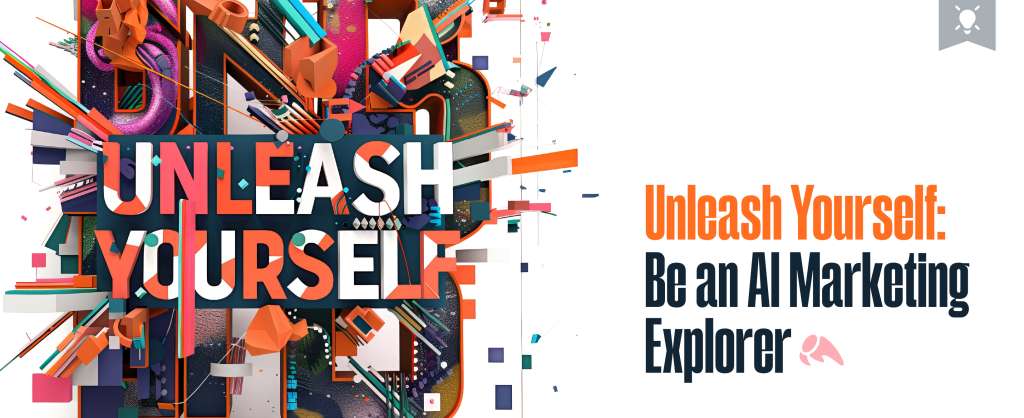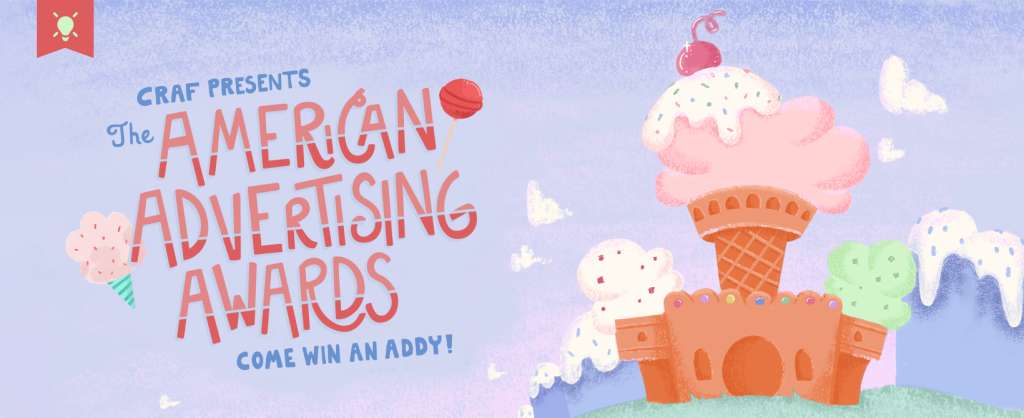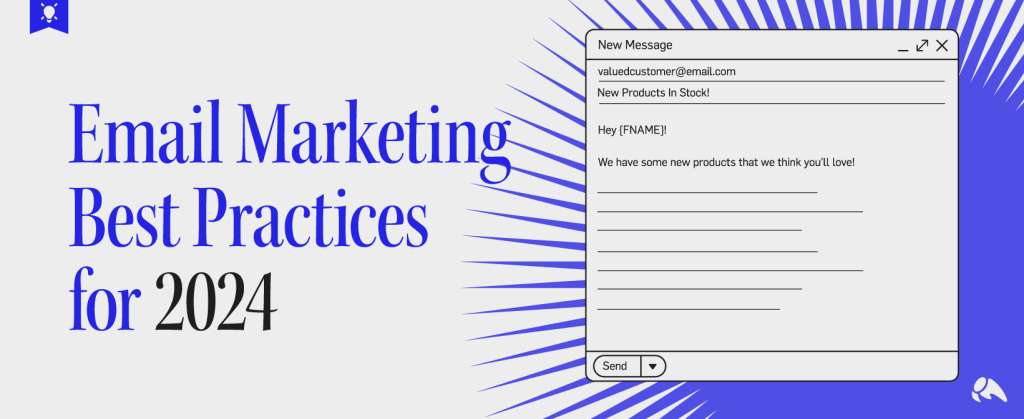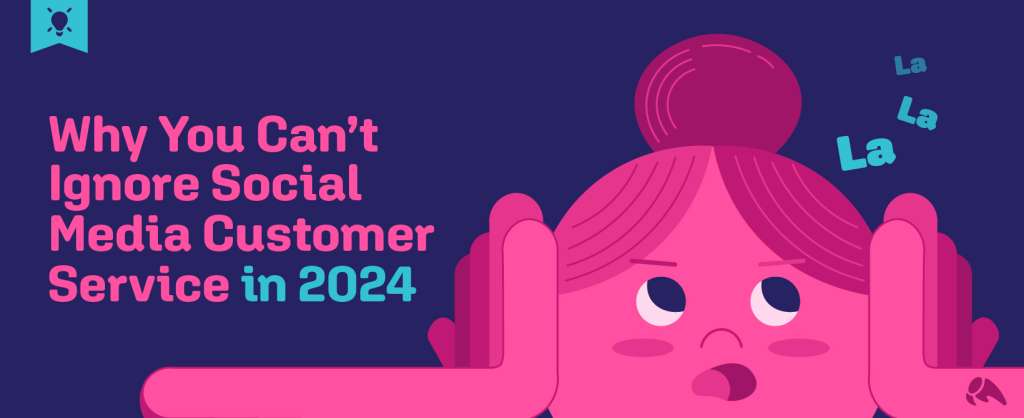
Ugh, another post about BuzzFeed!
I know. You totally groaned when you saw that headline. I don’t blame you. I’d have the same reaction. I probably would have even tweeted something snarky about it. But after that? I would have clicked. Just like you.
BuzzFeed is the content marketing darling we love to hate. Because while you were forcing your team to write blog posts on topics they hated, BuzzFeed saw more than 80 million unique visitors last month, earning 100 percent of its revenue by creating content its audience can’t help but read, share and freak out about. You hate BuzzFeed. But you want your content creation to be like BuzzFeeds.
What can you learn from BuzzFeed’s success? Start here.
1. Customers want to feel part of something larger than themselves
This isn’t rocket science. Humans like shared experiences and relating to other humans. You know this. So start using it to help your content grow legs.

For two weeks in July I couldn’t log onto Facebook without seeing this article planted at the top of my News Feed. Even my friends who don’t have Twitter accounts, who don’t live on the Web and who have no understanding of what “BuzzFeed” or “content marketing” are were sharing it and commenting on it. Why?
Because it made a small niche feel part of something larger. It was a shared experience. It was familiar. It was something to identify with and for Upstaters to rally behind. We like things that reinforce how we already feel. It’s perfect content and this was a perfect piece of content for anyone living in Upstate NY.
Remember this meme?

Remember how many of those you saw six months ago? This idea of uniting people isn’t a new strategy, it just happens to an effective one.
Actionable Tip: What are the connection points in your community? What are the pain points? What unites them or gets them worked up? What makes them weird? Create content around it.
2. Your customers like to learn new things
More than feeling connected to other people, we want to feel smarter than other people and learn new things to impress our friends. So we consume content to learn our new cocktail trivia tidbit and to give us something to show off. We can’t help it. It’s human instinct. Or ego. Same thing.
You’ve probably already incorporated this into your content marketing strategy. You’ve hired a team of writers to create How Tos, Cheat Sheets and Resource Guides out the wazoo. You are all about creating and sharing authoritative content. But what’s the difference between your How To content and the stuff BuzzFeed is whipping up (besides the millions of shares their content gets?)
Their content isn’t as mind-numbing as watching paint dry.
It’s not written in the voice of your 10th grade science teacher.
BuzzFeed’s content has personality and a viewpoint.
Their content is readable.

Actionable Tip: You had the right idea, now scrub the boredom off it. Check out some of the headlines above. You know what stands out? The angles aren’t obvious. In fact, some of them are totally left field. That’s what sparks an interest. That oddness gives you a place to speak from. Writing authoritative content is smart. Writing authoritative content that is interesting and oddball enough to get people to notice it is BuzzFeed smart.
3. Keep your advertising out of my face
The 20 Best Passive Aggressive Parking Notes
20 Essential Songs For Cruising
The Best and Worst US Cities For Commuting
And my favorite…

What do each of these posts have in common? They’re sponsored content for the Toyota Prius C. Yup, these posts with thousands of reads and shares are advertising.
Advertisements don’t have to be boring. They don’t have to be perpetually ignored. But it takes advertising in a new way. One that adds value and gives readers something for their time.
Actionable Tip: Your consumers aren’t stupid. They know the content you’re creating is done, in large part, as a way of gaining their trust and marketing to them. But it doesn’t mean the content can’t have a greater purpose – to entertain, to educate or to give someone a two-minute giggle in their day. Create content that has a bigger benefit than shilling your company.
4. Headlines matter
It’s not simply the body content of BuzzFeed’s posts that are worthy of attention. The headlines are too. BuzzFeed headlines are written as click magnets.
There are simple headlines

Descriptive, keyword-rich headlines

Story-driven headlines

Lists headlines

And headlines that incorporate multiple elements. Studying BuzzFeed is a virtual headline-writing training course for those paying attention. Whether it’s one written for prime SEO benefit, a pun to drive clicks or a trusty list, learning how to craft a great headline can be the difference between a piece of content getting read or it sitting lonely in your Twitter feed.
Actionable Tip: Headlines matter. Learn to identify the different types of headlines and start experimenting with them in your own content. Legend says you should spend nearly as much time crafting your headline as writing the rest of the piece!
5. Weird sells
Have you read the content on BuzzFeed? Really looked at it? It’s weird. It’s written like 20-somethings talk and makes you wonder if there’s some secret list of Really Random Topics authors are pulling from. Because garments you won’t see at fashion week, what your Instagram filter says about you and 21 ways you are Joey Ramone? Seriously?
Yes, seriously. Because weird sells. Weird sells because we’re all secretly (or not-so-secretly) weird and this content unites us to the people who are weird in the same ways we are.
Actionable Tip: Find out what makes you weird. And do it on purpose. Hard.
Bonus Actionable Tip: Stop reading this. And go do.







